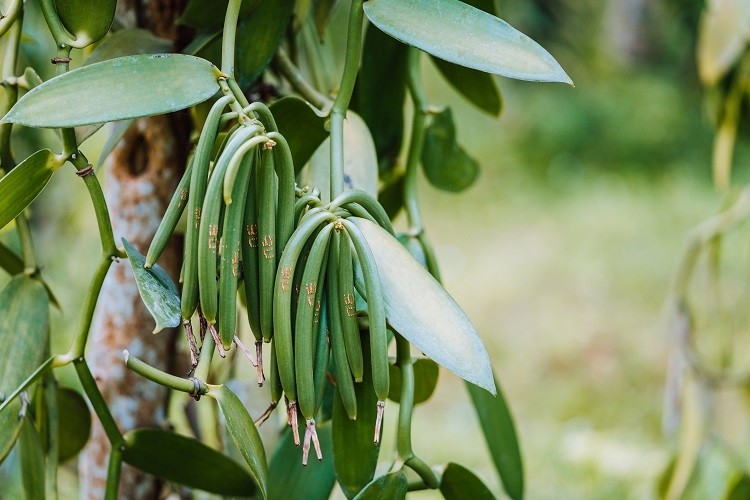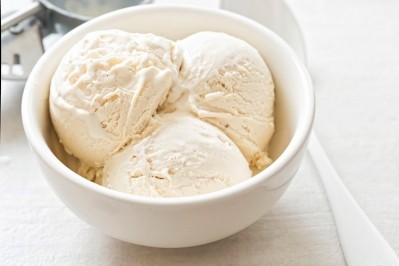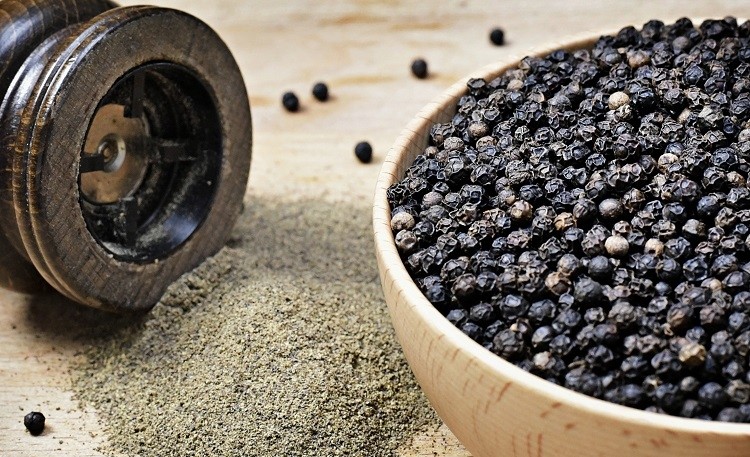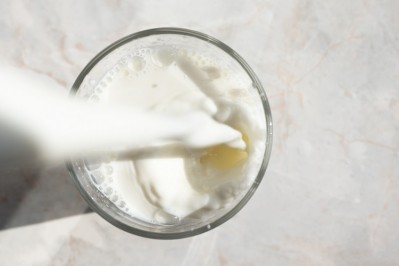Vanilla and black pepper fraud: Researchers develop method to detect adulteration in food

Food fraud is a global concern. When food is misrepresented or tainted for economic gain, both intellectual property protection and human health are put at risk.
Researchers in Denmark are working to curb food fraud, having developed analytical methods to detect adulteration associated with at least two sought after commodities: vanilla and black pepper.
“Vanilla pods and black pepper are high value commodities that meet the criteria for a high risk of being affected by fraud,” postdoctoral researcher at the Technical University of Denmark’s (DTU) National Food Institute, Amelie Sina Wilde, told FoodNavigator.
Both products can be adulterated to achieve economic gain, she explained. Where black paper can be diluted with cheaper bulking material, vanilla flavour can be replaced by ‘cheaper synthetic sources’.
“Moreover, these products are traded along complex supply chains around the globe and they are added to processed food products or, in the case of black pepper, sold in ground form.
“Long supply chains and a high degree of processing makes food more vulnerable to fraud.”
Vanilla a ‘high risk situation’
Wilde first started investigating vanilla adulteration in 2017 – the same year Cyclone Enawo hit Madagascar, devastating a large part of the country. As the main producer of vanilla pods, vanilla prices soared to a record high of more than $600 per kg.
“I had to pay up to 65DKK (€8.73) for one vanilla pod in the supermarket at the time, which is almost the double of what a vanilla pod costs now,” the researcher recalled.
Consumers needn’t pay these prices for a vanilla-like flavour, of course. An alternative, much cheaper method of providing a ‘desired vanilla flavour’ can be achieved using the most characteristic compound in vanilla flavour: vanillin. This compound can be produced synthetically.
“A high price pressure was put on the vanilla market, which made a replacement of real vanilla flavour from vanilla pods with synthetic vanillin even more likely,” we were told.
In saying that, ‘many’ consumers prefer vanilla flavour obtained from the real deal – and are willing to pay a premium price. While it is easy to distinguish a vanilla pod from white vanillin powder, when the flavour is incorporated into food products this becomes more challenging.
“This describes a typical ‘high-risk situation’ for food fraud being perpetrated,” said Wilde. “The economic gain for replacing the real vanilla flavour with synthetic vanillin is high, while the risk for a fraudster of being detected is low.”
For the researcher’s first project on vanilla, she focused on the authentication of real vanilla flavour in complex food matrixes, such as yoghurt and ice cream. “This required some special sample preparation, since vanilla flavour is usually only added in small amounts to the food products,” Wilde elaborated.
Having analysed some market samples, Wilde found that in some products – where the real vanilla flavour was indicated on the label – synthetic vanillin had replaced the real thing.
So how are researchers from DTU detecting the source of vanilla flavour in finished food products? “For the studies on vanilla flavour we used so-called ‘isotope-ratio mass spectrometry’ to analyse the carbon isotope ratio of the vanillin molecule,” the researcher explained.
The isotope carbon ratio of vanillin, which is used as a marker to get information about the origin of the vanillin, can be used as an indicator of different origins, i.e. when the vanillin was obtained from plants that use different photosynthetic pathways.
“Based on the carbon capture photosynthetic pathway that a plant uses, a specific fractionation of carbon isotopes occurs in the plant material. This leads to a different isotopic ratio in vanilla plants, and the other sources, like spruce tree, clove, or corn, that can be used as precursors for the production of {bio]synthetic vanillin,” Wilde explained.
Spectroscopic ‘fingerprints’ of black pepper
More recently, Wilde turned her attention to black pepper. The hot-tasting powder spice, which comes from dried and ground peppercorns, is traditionally used to flavour food.
According to Persistence Market Research, the global pepper market was estimated to be valued at more than $3.7bn in 2017 and forecast to reach more than $5.7bn before 2025.

Unlike vanilla, which boasts a relatively high price tag per kilogram, black pepper is less expensive. It is also the most widely used spice crop around the world.
Adulteration can occur when black pepper is diluted with, for example, black pepper husk or defatted spent material. The financial gain achieved through dilution makes black pepper ‘attractive to perpetrate fraud’, Wilde explained.
“Here, we developed a method that allows [us] to detect whether a product is pure black pepper, or if cheaper bulking materials such as black pepper husk, defatted black pepper spent material, or even completely different products, such as papaya seeds, have been added.”
Specifically, the researchers developed a method using spectroscopic techniques in conjunction with chemometric modes. “Here, we took spectroscopic ‘fingerprints’ of pure and adulterated black pepper,” Wilde elaborated. “Based on the data, we built a prediction model that allows us to evaluate if the fingerprint of a new sample indicates a pure product or not.
“The advantage of this method is that it can be used as a rapid and cheap quality check if a sample meets the specifications of black pepper or not.”
Advantages for regulators and food manufacturers
Wilde said there is scope of the analytical method to be applied by commercial laboratories and quality control laboratories of food manufacturers.
In the meantime, the researcher is currently investigating why the carbon isotopic ratio of vanillin from glucose ‘looks so different’ from vanillin sourced from synthetic sources. “I believe that this information will be highly interesting for involved companies, but also for the food authorities.”
The three types of vanillin
There are three different types of vanillin, DTU’s Amelia Sina Wilde explained.
- The first is obtained from real vanilla products.
- The second is synthetic vanillin, obtained through chemical processes.
- The third is ‘biovanillin’, derived through fermentation using a starting material such as rice, cloves, or turmeric. Biovanillin can be labelled under EU law as ‘natural vanillin’. Although not widely used just yet, Wilde predicts this may change as consumer demand for ‘natural’ flavours grows.
Concerning food players themselves, whether they buy or sell vanilla products, Wilde said she believes the method will be ‘highly beneficial’ if it can prove their vanillin is ‘natural’ biovanillin.
“Therefore, I believe that…there might be a possibility of producing biovanillin that allows a distinction from synthetic vanillin – and that will be of high interest to the food industry and quality regulators.
“It is of course important to develop methods that allow us to reveal food fraud, but it is also very beneficial to have methods that actually allow us to prove that a product is authentic.”
The researcher described the monitoring of food ingredients through spectroscopic sensors as a ‘silent revolution’ in industrial quality control. “How far this method can also be used to check the quality of black pepper is therefore another important puzzle piece to fully explore the potential of this technique.”
Wilde concluded: “I hope that this knowledge will be used to contribute to a system with authentic and high quality food products where fraudsters have little chance to succeed.”

























